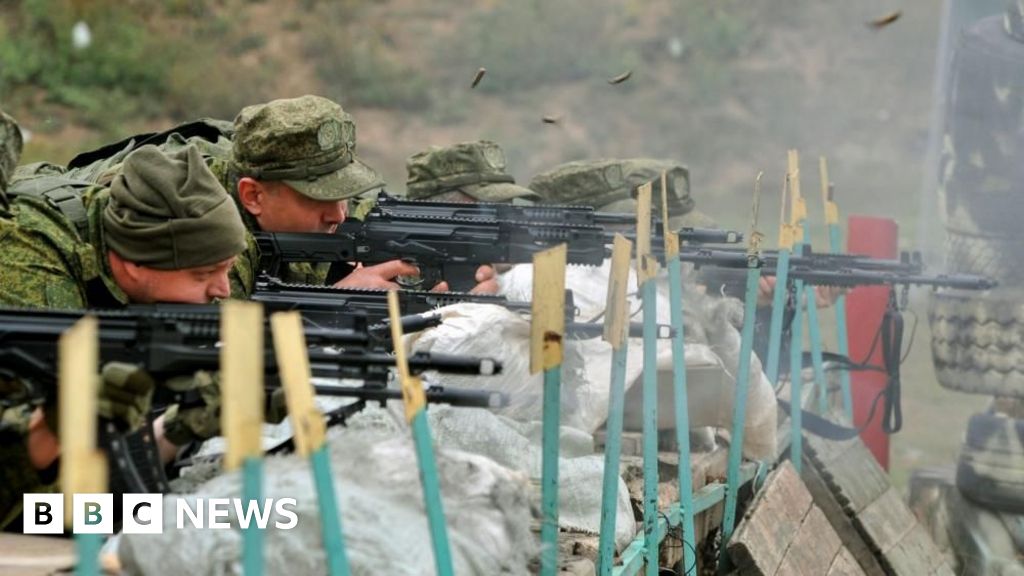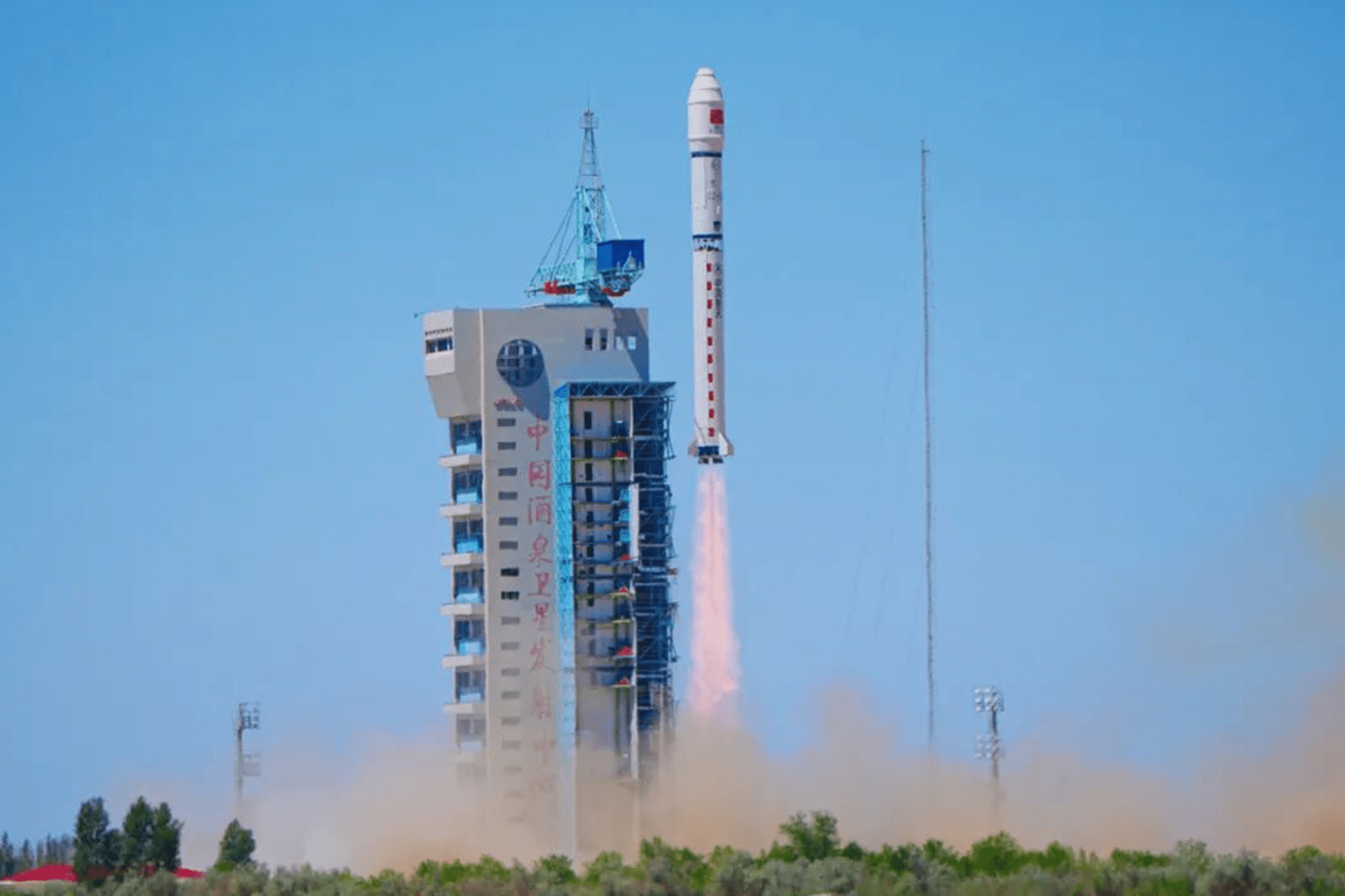How Russia took record losses in Ukraine in 2024

Last year, 2024, marked the deadliest year for Russian forces since the onset of the full-scale war in Ukraine, with a record-setting death toll of approximately 45,287, marking a significant escalation in the conflict’s intensity.
The steep increase in Russian fatalities, as disclosed by various reliable sources, paints a grim picture of the war’s severity in the eastern European nation. The conflict, which has been raging since 2014, has taken a considerable toll on both countries. However, the last year has seen Russia bear the brunt of the losses.
In the first six months of 2024 alone, Russia suffered nearly 23,000 military deaths. This figure was more than the total Russian fatalities in the previous year, indicating a sharp uptick in combat intensity and the toll it has taken on the Russian military’s ranks.
This rise in fatalities can be attributed to several factors, including a shift in Ukraine’s military strategy, the introduction of advanced Western weaponry, and an increase in Russia’s direct military involvement.
Ukraine’s armed forces have shown increased resilience and adaptability, demonstrating an ability to learn from past engagements and adjust their strategies accordingly. They have also received significant support from Western allies, in the form of advanced weaponry and strategic advice, which has markedly improved their ability to resist and counter Russian offensives.
The Ukrainian army’s successful implementation of advanced anti-tank weapons, drones, and other high-tech equipment has significantly reduced Russia’s ability to leverage its traditionally superior firepower and armor. This technological advantage has allowed Ukraine to inflict more substantial losses on Russian forces, contributing significantly to the spike in fatalities.
Meanwhile, Russia’s increased direct military involvement in the conflict has also played a significant role in the heightened casualty rate. The decision to commit more ground troops, as opposed to relying on local proxies, has exposed Russian soldiers to greater risk, resulting in an increased number of casualties.
In addition to the high fatality rate, Russia has also experienced a substantial number of injured personnel. Hospitals in Russia’s western regions have reported an influx of wounded soldiers, further straining the country’s medical infrastructure and fueling domestic discontent.
Analysts have noted that these record-setting losses could have significant implications for Russia’s ongoing military campaign in Ukraine. The high casualty rate may weaken the morale of Russian troops and stir up domestic opposition against the war, adding to the growing list of challenges facing Russian leadership.
The increased death toll also raises questions about the sustainability of Russia’s military campaign in Ukraine. Such a high casualty rate can potentially erode the Russian military’s operational capabilities and strain its logistical framework, complicating Russia’s efforts to maintain a steady presence in Ukraine.
However, despite these setbacks, Russia’s commitment to its campaign in Ukraine shows no signs of waning. The Kremlin continues to insist that its actions are necessary to protect Russian-speaking populations in Ukraine and insists that it remains committed to the cause.
In conclusion, 2024 marked a grim milestone for Russia’s involvement in the Ukraine conflict. The record-setting casualty rate underscores the escalating intensity of the conflict, and the toll it is taking on both nations. As the conflict continues, the world watches with bated breath, hoping for a peaceful resolution that will end the bloodshed.
Despite the odds, Ukraine’s resilience in the fight, backed by support from their Western allies, has proven to be a formidable challenge for Russia’s campaign. The year 2024 may serve as a turning point in the conflict, and only time will tell what the future holds for these two nations caught in a seemingly endless spiral of warfare.








